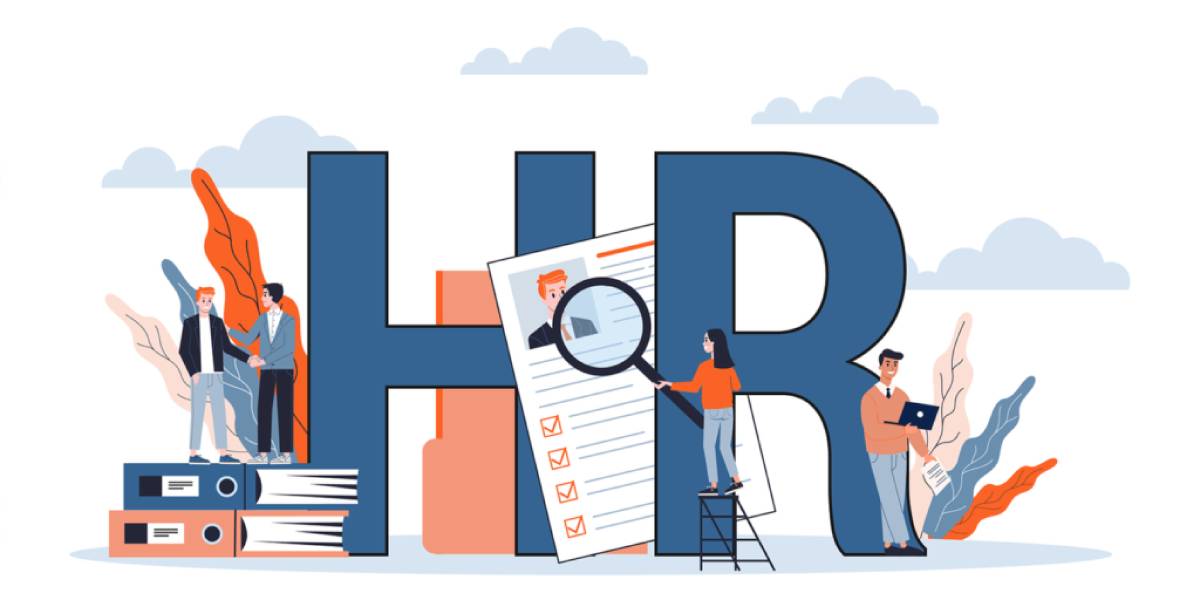Job Specification vs Job Description: Differences
Understanding the difference between job description and job specification is crucial in hiring and role clarity. The table below will help employers and candidates understand the difference between the two.
| Aspect | Job Specification | Job Description |
|---|---|---|
| Definition | A detailed list of qualifications, skills, experience, and personal traits required for a role. | A formal document outlining the duties, responsibilities, and scope of a specific job position. |
| Purpose | Helps in identifying the right candidate by specifying the requirements they must meet. | Provides a clear understanding of what the job entails and how it contributes to the organization. |
| Content | Focuses on educational qualifications, work experience, technical skills, and interpersonal traits. | Includes job title, key duties, responsibilities, reporting hierarchy, and working conditions. |
| Focus Areas | Candidate-specific requirements to perform the job effectively. | Role-specific tasks and expectations. |
| Audience | Targeted at job seekers to assess their suitability for the position. | Primarily used by employers, HR, and managers for defining the job role. |
| Format | Often presented as a list of qualifications and skills. | Typically written as a descriptive document. |
| Utility in Recruitment | Guides in screening and selecting qualified candidates. | Helps draft job postings and evaluate job performance. |
| Time of Usage | Used during recruitment to evaluate the eligibility of candidates. | Created before hiring to define the role and its objectives. |
| Nature | Candidate-centric, emphasizing the qualifications and attributes of the individual. | Job-centric, focusing on the tasks and responsibilities of the position. |
What is Job Specification?
A Job Specification is a comprehensive definition of the educational qualifications, experience, skills, and personal qualities required to be possessed by the individual to do a particular job. It guides an employer to specify the type of education, technical skills, and interpersonal qualities an ideal candidate needs to carry out the job perfectly. It helps in evaluating a candidate while recruitment and selection take place.
What is a Job Description?
A Job Description is an extensive document outlining the core responsibilities and duties connected to a given job. It presents a view of the position regarding its purpose, scope, reporting structure, and working conditions. The use of such a document allows the employer to state their expectations about the role, hence providing guidelines to employees as they relate to what their job requires of them within the organization.
Frequently Asked Questions
Organizations usually combine the job description and job specification in one document for the role, to provide a complete overview. This is how it becomes clearer because both job responsibilities and qualifications required are given. It becomes easy in recruitment since expectations and needs are matched. The document would be brief but detailed enough for candidates and employers.
Periodically, such documents should be updated if changes come along with the role, changes in organizational structure, or the industry requirements evolve. Perhaps this can be through annual review sessions or at the time of a performance appraisal; thus, these will always remain in tune with the organization’s objectives and existing market trends.
In role details, specifications emphasize candidate requirements. However, both may specify collaboration, the work environment, and expectations, and they outline key performance indicators to measure the success of performance in the job.




